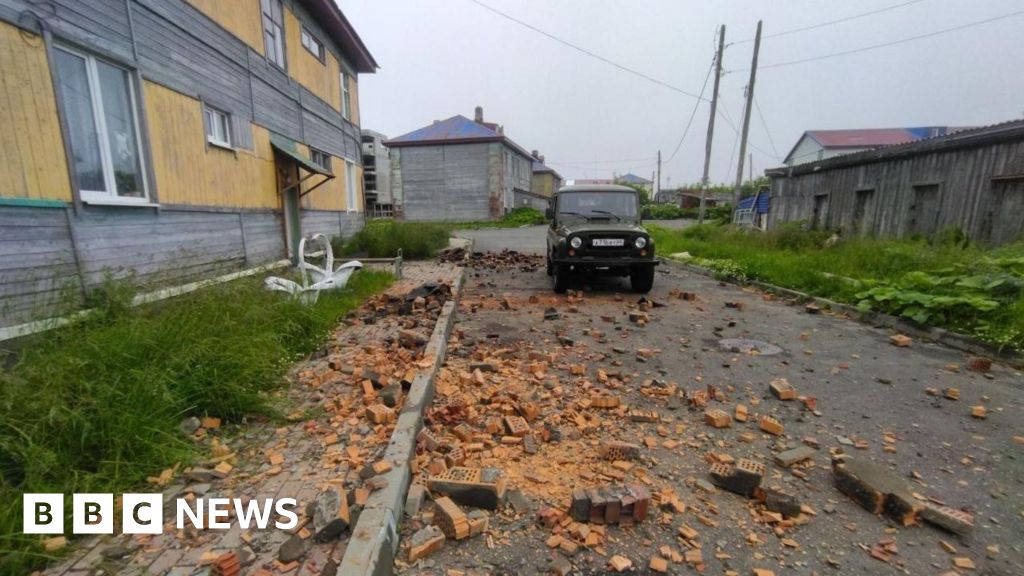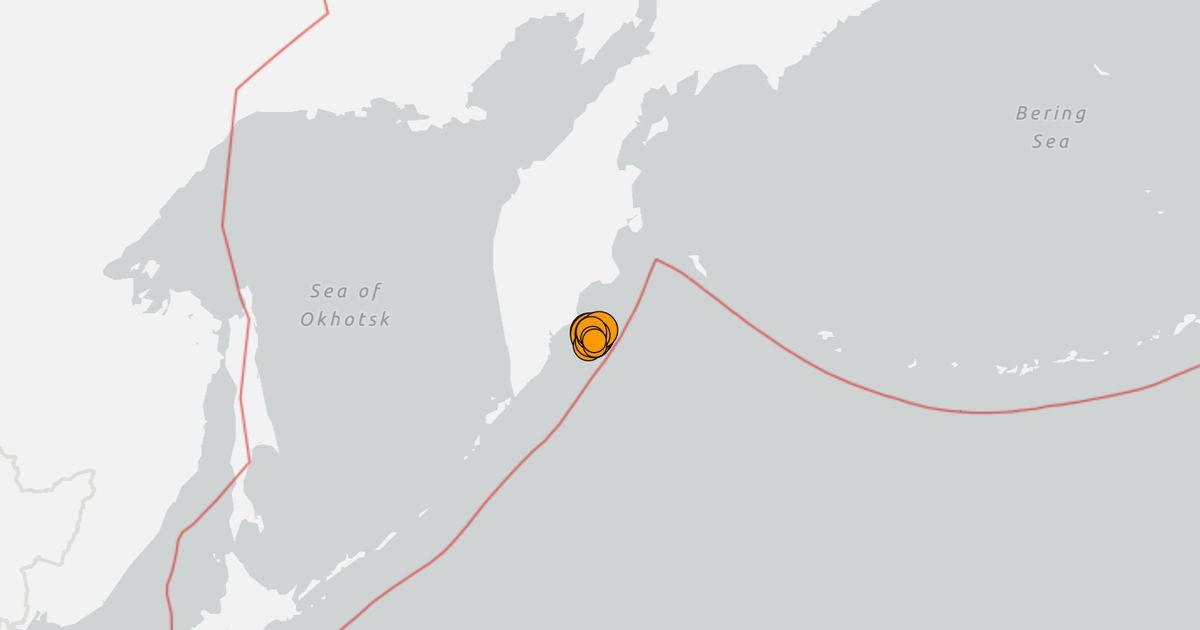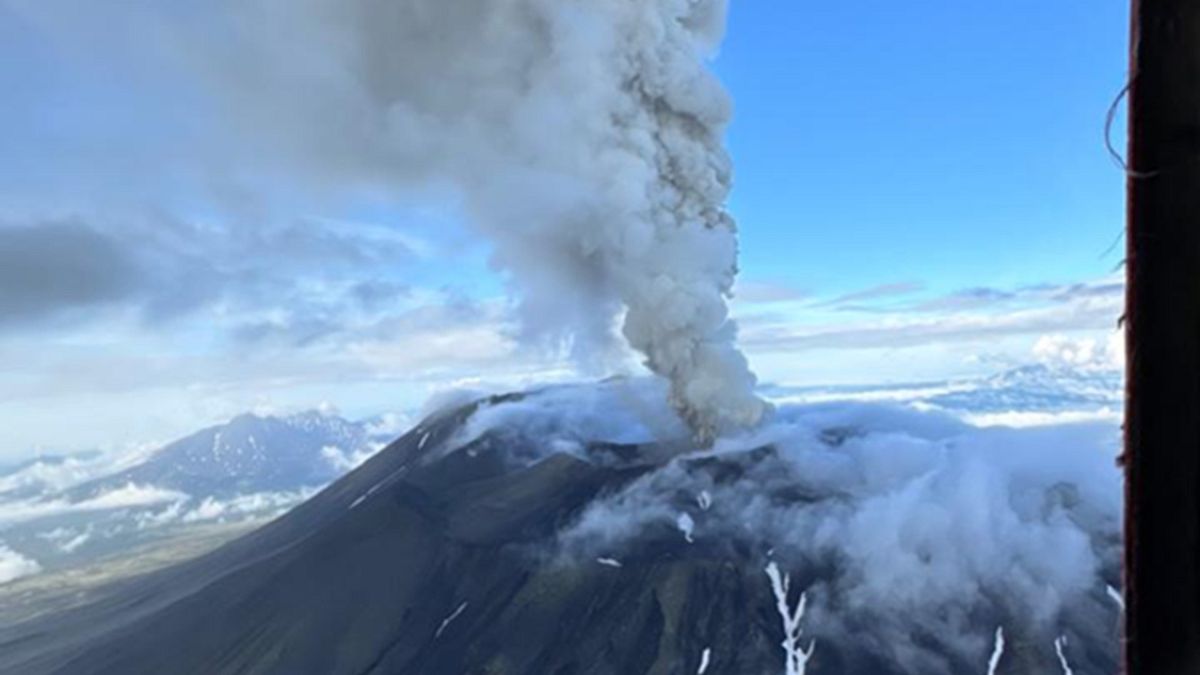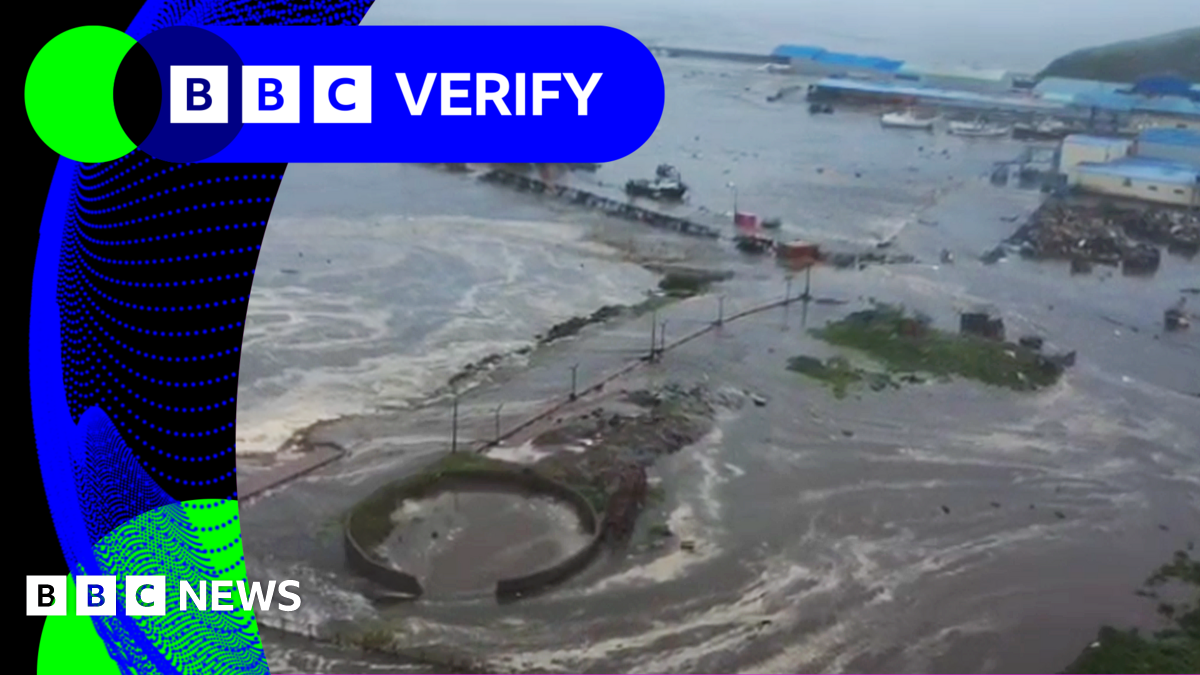T4K3.news
Tsunami warning follows Russian mega earthquake
An 8.8-magnitude earthquake struck off Russia's coast, raising tsunami concerns but resulting in limited damage.

Recent seismic activity in Russia has sparked concerns about tsunami predictions and public safety.
Russian earthquake raises questions about tsunami impact
On Wednesday, a powerful 8.8-magnitude earthquake struck off the coast of the Kamchatka Peninsula in eastern Russia. This event raised alarms for millions across the Pacific, as memories of past devastating tsunamis lingered in public consciousness. However, the resultant tsunami was significantly less powerful than expected, with maximum waves reaching just 4 meters. Experts attribute this to various factors including the earthquake's depth and local seafloor geography. Initial depth reports indicated around 20.7 km beneath the surface, which could suggest lower tsunami amplitudes than larger, shallower quakes. Furthermore, advancements in early warning systems allowed for timely evacuations, a stark contrast to the chaos of past tsunami events.
Key Takeaways
"The height of the tsunami wave is affected by local shapes of the seafloor."
This highlights the crucial impact of geography on tsunami severity.
"Advancements in early warning systems allowed for timely evacuations."
This emphasizes the importance of preparedness in mitigating disaster impacts.
"Seismic depth may affect tsunami wave height predictions."
Experts suggest that understanding earthquake depths is vital for accurate tsunami forecasts.
"We can only use this information to make forecasts of probability of an earthquake."
This underscores the uncertainty in predicting exact timing of seismic events.
Despite the earthquake's massive magnitude, the limited damage from the tsunami points to both geological and technological factors at play. The Kamchatka Peninsula's specific conditions, including the shape of the seafloor and coastal geography, limited the impact of the tsunami waves. Additionally, the improvements in early warning systems in the Pacific region have proven effective in safeguarding lives, illustrating how far preparedness has come since past disasters. Still, questioning the adequacy of tsunami prediction models remains essential, as they must evolve to address the complexities of seismic events and their potential impacts on vulnerable populations.
Highlights
- Tsunami predictions face challenges amid seismic uncertainty.
- Advancements in early alerts saved lives in Kamchatka.
- Geological factors can lessen tsunami impact significantly.
- Models need updates to match tsunami risks.
Concerns about tsunami prediction accuracy
The lower-than-expected tsunami impact raises questions about the reliability of prediction models and regional preparedness.
As geological monitoring continues, vigilance remains crucial for coastal safety.
Enjoyed this? Let your friends know!
Related News

7.4 magnitude earthquake triggers tsunami alerts

Hawaii officials confirm no tsunami threat after earthquake

Tsunami warning issued after earthquakes in Russia

Tsunami threats near Russia's coast have been lifted

Krasheninnikov volcano erupts after 600 years

8.8-magnitude earthquake prompts global tsunami warnings

Krasheninnikov volcano erupts for first time in centuries

Colossal 650-Foot Tsunami Hits Greenland
